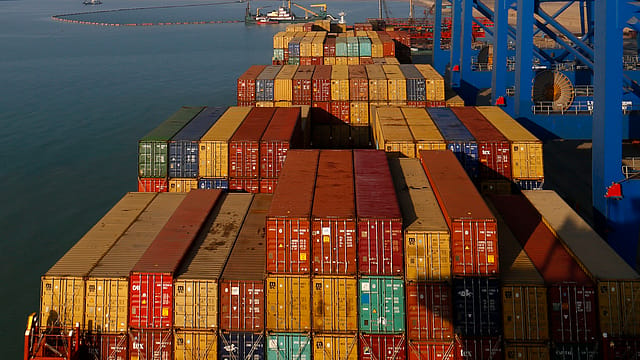Cargo clearance time improved at ports in last 2 years: CBIC
ADVERTISEMENT

Union Finance and Corporate Affairs Minister Nirmala Sitharaman today released the fifth edition of National Time Release Study (NTRS) – a performance measurement tool, which provides a quantitative assessment of the time taken for cargo release, helping to evaluate the efficiency of the clearance process.
According to the study by the Central Board of Direct Taxes (CBDT), the average release time (ART) has come down between 2023 and 2025 in the import segment. ART fell by almost six hours at seaports, five hours at air cargo complexes, and 18 hours at the integrated checkpoints.
However, inland container depots (ICDs) witnessed an increase of around 12 hours. Around 93.33% of import cargo at ICPs met the 48-hour target, followed by air cargo complexes (55.03% within 24 hours), seaports (51.76%), and ICDs (43.70%).
“Key contributors to improved timelines include the “Path to Promptness” framework—featuring advanced filing, RMS-based facilitation, AEO accreditation, and Direct Port Delivery (DPD). However, delays were observed in processes such as duty payment, amendment/query resolution, PGA interventions, and post-clearance logistics,” the Finance Ministry said in a release.
“Export cargo analysis, from arrival to final departure, revealed varied patterns across port categories. Regulatory clearance (arrival to Let Export Order) was fastest at air cargo complexes (under 4 hours) and ICPs (06:10 hours). At seaports, regulatory clearance averaged 29:36 hours, with post-LEO logistics extending to 157:50 hours. At ICDs, regulatory clearance of exports took 30 hours, with improvement in post-LEO logistics time to 99:51 hours,” the ministry added.
December 2025
The annual Fortune 500 India list, the definitive compendium of corporate performance, is out. This year, the cumulative revenue of the Fortune 500 India companies has breached $2 trillion for the first time. Plus, find out which are the Best B-schools in India.
